Editor's note: 2018 is an eventful year, with many historic moments that changed the fates of millions of people around the world. They are more than narratives in the headline news but major twists and turns that have shaped the world order in different dimensions. Among them, the currency crisis in some emerging economies like Turkey and Argentina has surely cast a cloud over the world economy. Ken Moak, a former economics professor at Capilano University, shares his insights with CGTN.
The current developing economies' “currency crisis” appears to be a replay of the 1990s “movie” in which some Asian and Latin American countries saw their currencies and economies tanking. A brief look at the Asian contagion, or the Asian Financial Crisis in 1997, might shed light on the probable effects of the current developing nations' currency issues.
The Asian contagion
Before the Asian contagion, Asian economies were booming, growing at between 6 percent and 9 percent annually for decades, resulting in an infrastructure building and real estate boom. To finance the boom, developers borrowed heavily and banks were willing to lend because of the potential profits.
However, over or malinvestment created excessive capacity, culminating in over 365,000 unoccupied apartment units in Bangkok and overbuilding of semiconductor factories and other capital assets in the Republic of Korea (ROK), for example.
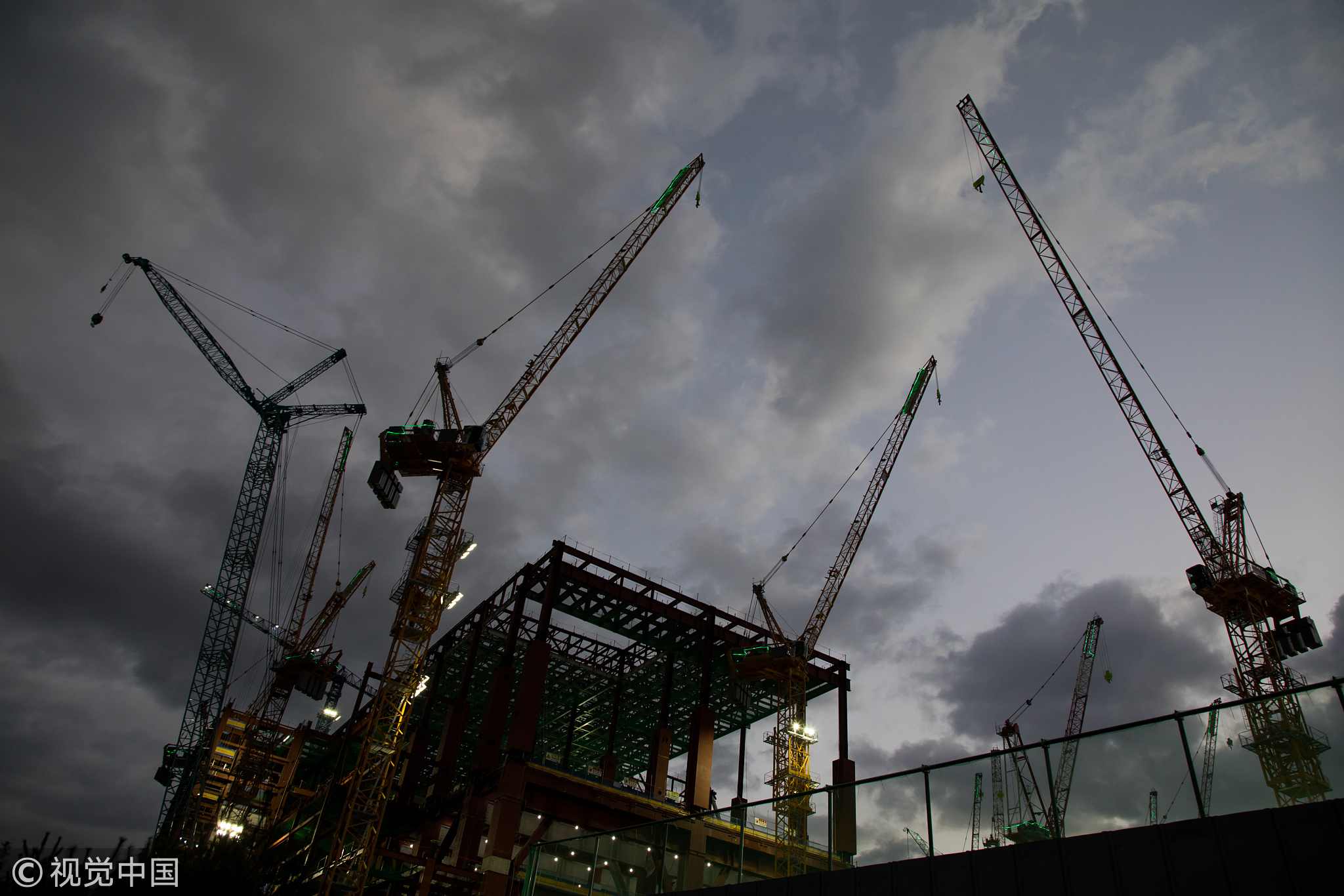
Cranes on a construction site at a Samsung Electronics Co. semiconductor plant in Pyeongtaek, Gyeonggi Province, South Korea, on Saturday, Oct. 27, 2018. /VCG Photo
Cranes on a construction site at a Samsung Electronics Co. semiconductor plant in Pyeongtaek, Gyeonggi Province, South Korea, on Saturday, Oct. 27, 2018. /VCG Photo
Unsurprisingly, these countries encountered difficulties in repaying loans, particularly paying those with foreign currencies. That led to a financial system disruption, forcing the respective governments to borrow from the International Monetary Fund (IMF).
The IMF, however, imposed harsh loan conditions, such as requiring borrowers to adopt flexible exchange rate and disallow deficit financing to reverse economic downturns. Austerity measures cut down aggregate demand further. Flexible exchange rate system created exchange rate risk or uncertainty making the currency ripe for hedge fund speculation. In that vein, the conditions, in fact, had worsened the borrowing nations' economies and currency crisis.
Fast forward to 2018
Today's developing countries' currency crisis is said to have been
caused by a combination of bad policies, slumping commodity prices, a strong U.S. dollar, huge current account deficits and large borrowings of U.S. dollar- and Euro-dominated loans.
Turkish President Recep Tayyip Erdogan blamed the 40 percent lire depreciation on U.S. President Donald Trump for imposing heavy tariffs on steel (50 percent) and aluminum (20 percent), double those he imposed on other nations because the latter was “unhappy” with Ankara's detention of a pastor. The harsh tariffs reduced Turkish exports and economic growth, putting pressure on the country's financial system.
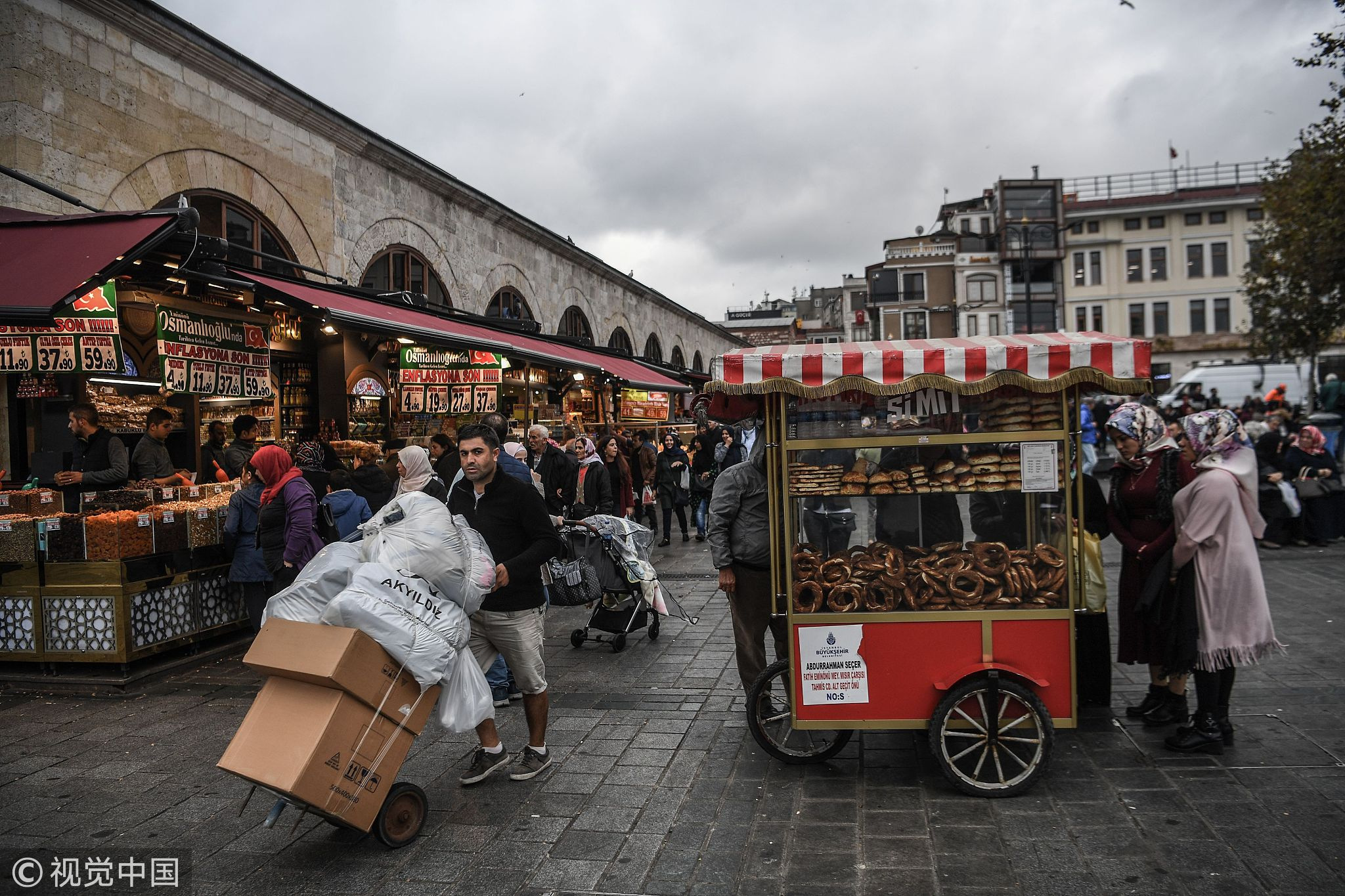
A street vendor sells traditional Turkish baked good "Simit" as people shop near the New Mosque area in Istanbul's Eminonu district on November 6, 2018. /VCG Photo
A street vendor sells traditional Turkish baked good "Simit" as people shop near the New Mosque area in Istanbul's Eminonu district on November 6, 2018. /VCG Photo
Others disagreed, saying that “ill-conceived” policies such as reducing interest rates amid 18 percent inflation was a contributing factor, triggering “hyperinflation” and currency depreciation made worse by a strong U.S. economy and Federal Reserve interest rate hikes.
Another causal factor might be concerns over Erdogan's control of the central bank, appointing his son-in-law as the head of the country's central financial institution, giving the perception of cronyism and supporting the president's unwise policies of lending money to nonviable businesses.
Whatever the reason, the dramatic fall of the lire is making it more difficult for Turkey to repay foreign currency-dominated loans, resulting in investors parking their money in U.S. dollars, Japanese Yen and Euros.
The Argentinian peso crisis
The Argentinian currency,
plunging more than 50 percent against the greenback is because of inflation due to excessive finance assistance to huge trade and budgetary deficits, and fall in agriculture production due to a drought. The fall in agriculture production is in part responsible for the economy's retraction of 6.7 percent.
To prevent a currency and economic crisis, Argentina applied for an International Monetary Fund (IMF) loan of 50 billion U.S. dollars. However, an IMF loan might be a problem rather than a solution for reasons indicated earlier.
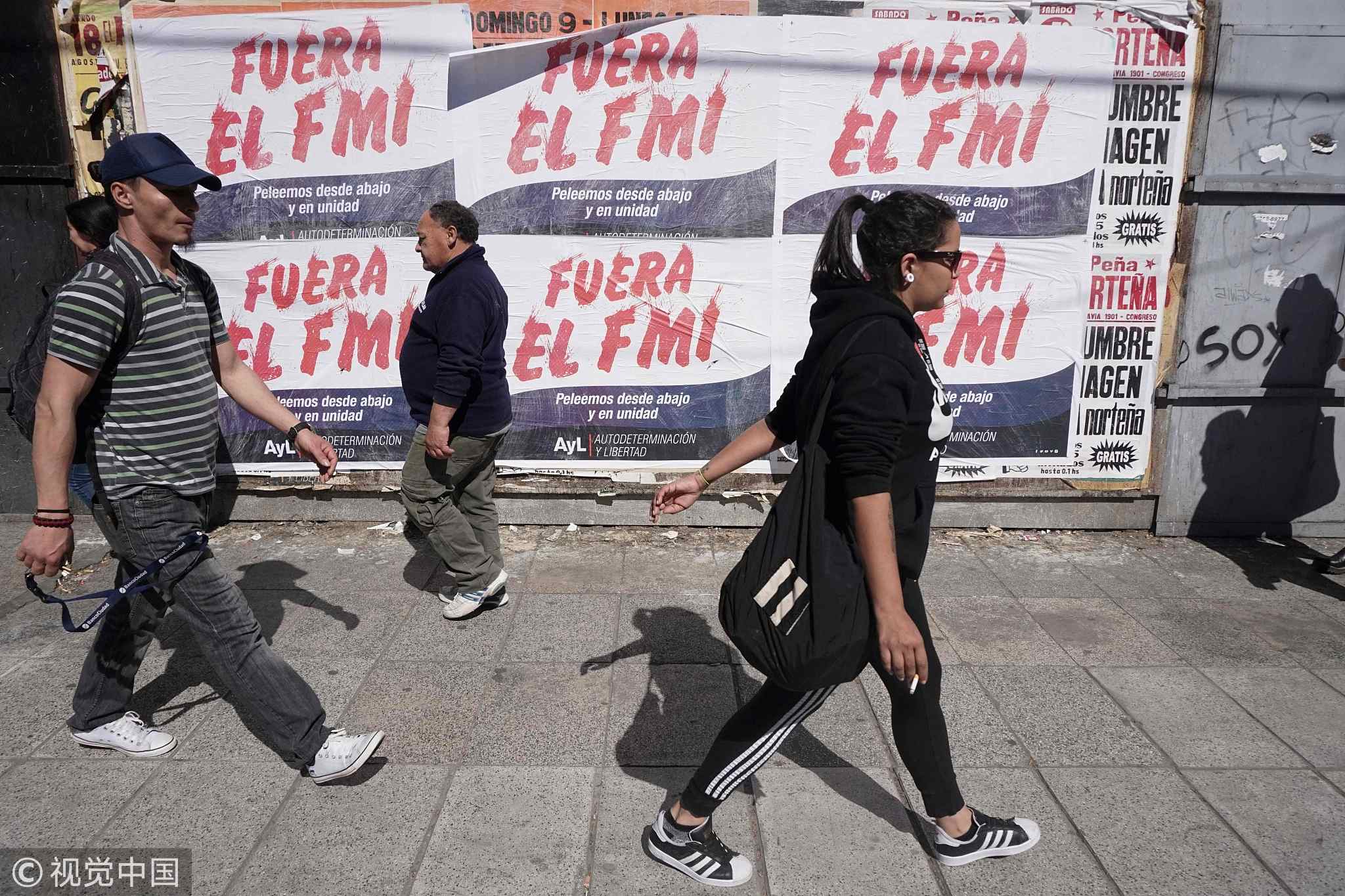
People walk past posters rejecting the government's negotiations with the International Monetary Fund (IMF), in Buenos Aires, on September 4, 2018. /VCG Photo
People walk past posters rejecting the government's negotiations with the International Monetary Fund (IMF), in Buenos Aires, on September 4, 2018. /VCG Photo
India and Indonesia currencies on the crisis path
The
Indian rupee and Indonesian rupiah are depreciating at alarming rates largely because of rising trade deficits and domestic political issues. Slumping global commodity demand and prices reduced exports but increased imports, culminating in excessive capital flight.
In Indonesia, Muslim fundamentalist groups are determined to “de-throne” the moderate and pragmatic Joko Widodo government, holding violent protests against his government and the Chinese minority who are thought to control most of the country's wealth.
Should the Muslim fundamentalist's candidate win the presidential election, Indonesia might be heading to a “hard landing” and currency crisis. The Rupiah has already witnessed nearly a nine percent drop since the start of 2018. A nationalist government controlled by religious fanatics could depreciate it further.
With regard to India, foreign investors are concerned over the resignation of the central bank's governor, Urjit Patel, which is said to be caused by a rift between the central bank and government. It is reported that he is against the Modi government wanting the central bank to continue lending to financially nonviable small and medium-size businesses, fearing a rise in non-performing loans and distorting the country's financial system.
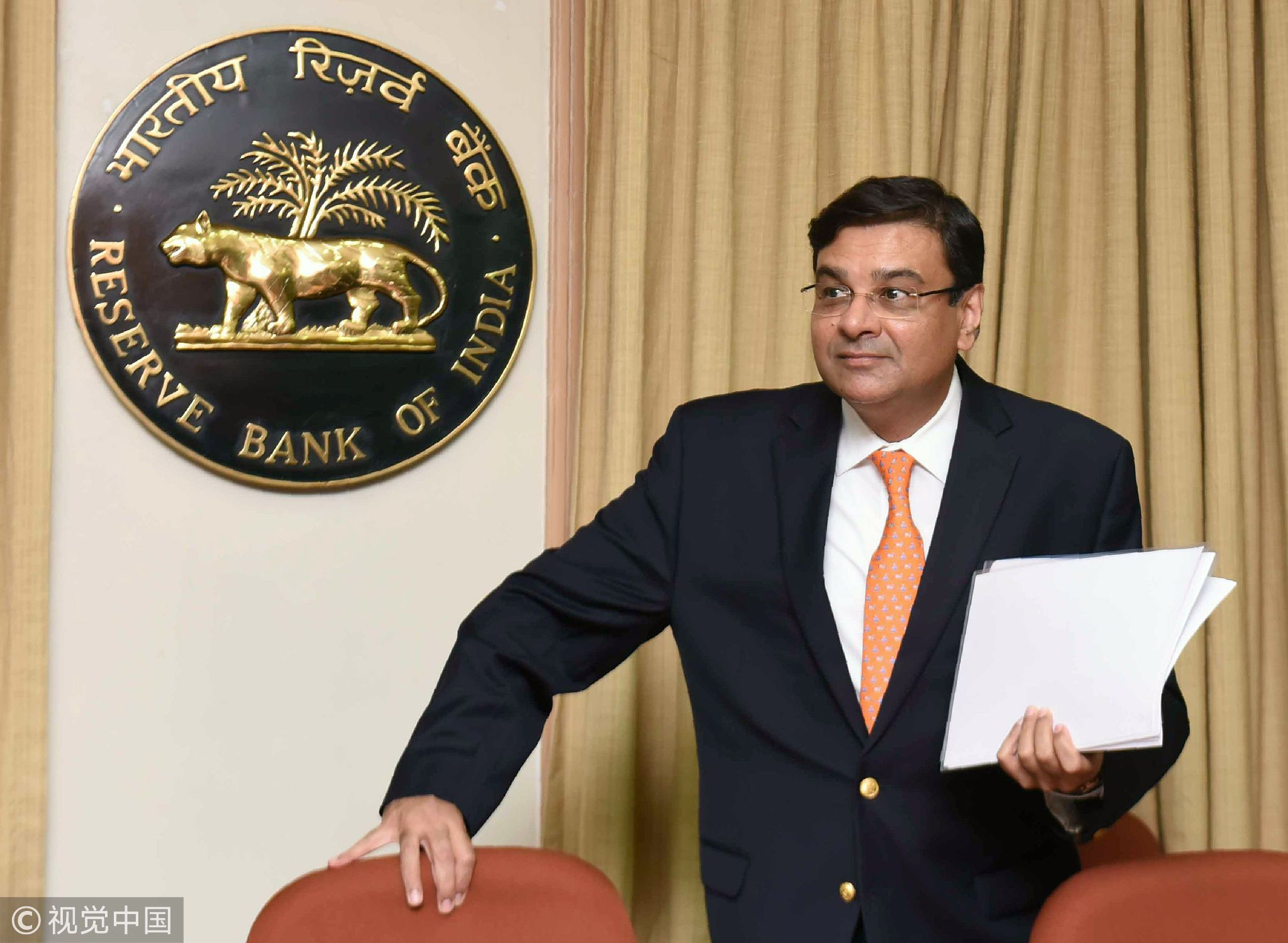
Reserve Bank of India (RBI) Governor Urjit Patel arrives for a news conference at the bank's head office in Mumbai, June 6, 2018. /VCG Photo
Reserve Bank of India (RBI) Governor Urjit Patel arrives for a news conference at the bank's head office in Mumbai, June 6, 2018. /VCG Photo
Some analysts feared the Chinese currency might fall below seven yuan to one U.S. dollar over the next few years because of the U.S.-China trade war and growing corporate indebtedness.
But the fear of a Chinese currency crisis might be overblown because China's debt is largely internal -- its corporations or government do not borrow from other countries or the IMF. Besides, commercial loans are largely a “family affair,” with state-owned banks lending to state-owned enterprises. Having over 26 trillion U.S. dollars in bank deposits and 3 trillion U.S. dollars in foreign reserves, China can handle a financial or currency crisis.
Effects on the global economy
Today's developing countries' currency problem is worrisome. If not addressed, it could lead to a crisis that seriously disrupts the global financial and trade systems. Should that happen, the global economy might be pushed to the brink of a recession.
The world's economies are bigger and more integrated than those of the 1990s, as demonstrated by the U.S.-China trade war. Slowdowns in the world's two largest economies are spilling over to countries that are integrated into the U.S.-inspired global supply chain, ranging from resource producers to product designers. For example, the Japanese economy retracted by 2.5 percent so far this year in part because of the trade war.
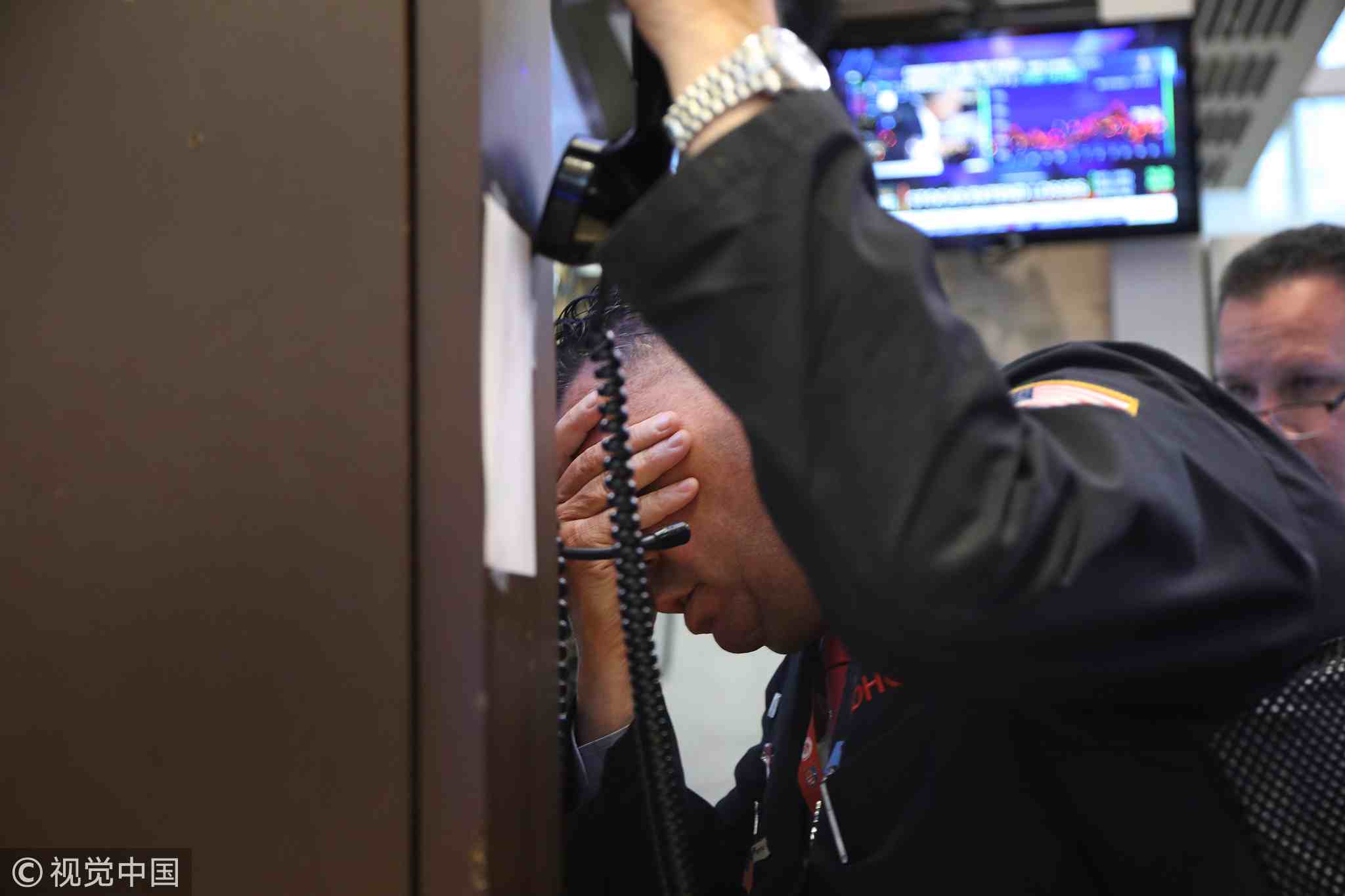
Traders work on the floor of the New York Stock Exchange (NYSE) on December 17, 2018, in New York City. /VCG Photo
Traders work on the floor of the New York Stock Exchange (NYSE) on December 17, 2018, in New York City. /VCG Photo
To that end, a decline in the demand for the developed nations' exports would push the developed economies further down, creating a “slippery slope.”
What can be done?
The world should learn from the 1990s currency crisis in Asia and Latin America. The collapse of their economies and currencies could have been avoided had the IMF and other developed economies-controlled lending institutions not imposed the “Washington Consensus”-inspired loan conditionality.
Not allowing borrowers to spend their way out of the recession made it worse because the stance reduced their ability to generate sufficient revenues to repay loans. Forcing the currency to depreciate dramatically led to increased debt burden and currency speculation by Western and Japanese hedge funds.
Economics Nobel Laureate Joseph E. Stiglitz has a point when he complained that loan conditionality was meant to protect and promote the interests of the West and Japan but at the expense of the borrowing developing nations.
To that end, the IMF and other supranational development banks should act the way they were intended, offering rational economic and financial resources to minimize problems. For example, loans should first be directed at socio-economic activities, not for repaying outstanding or current loans. Giving the developing nations an opportunity to increase economic growth should benefit the borrower as well as the lender.
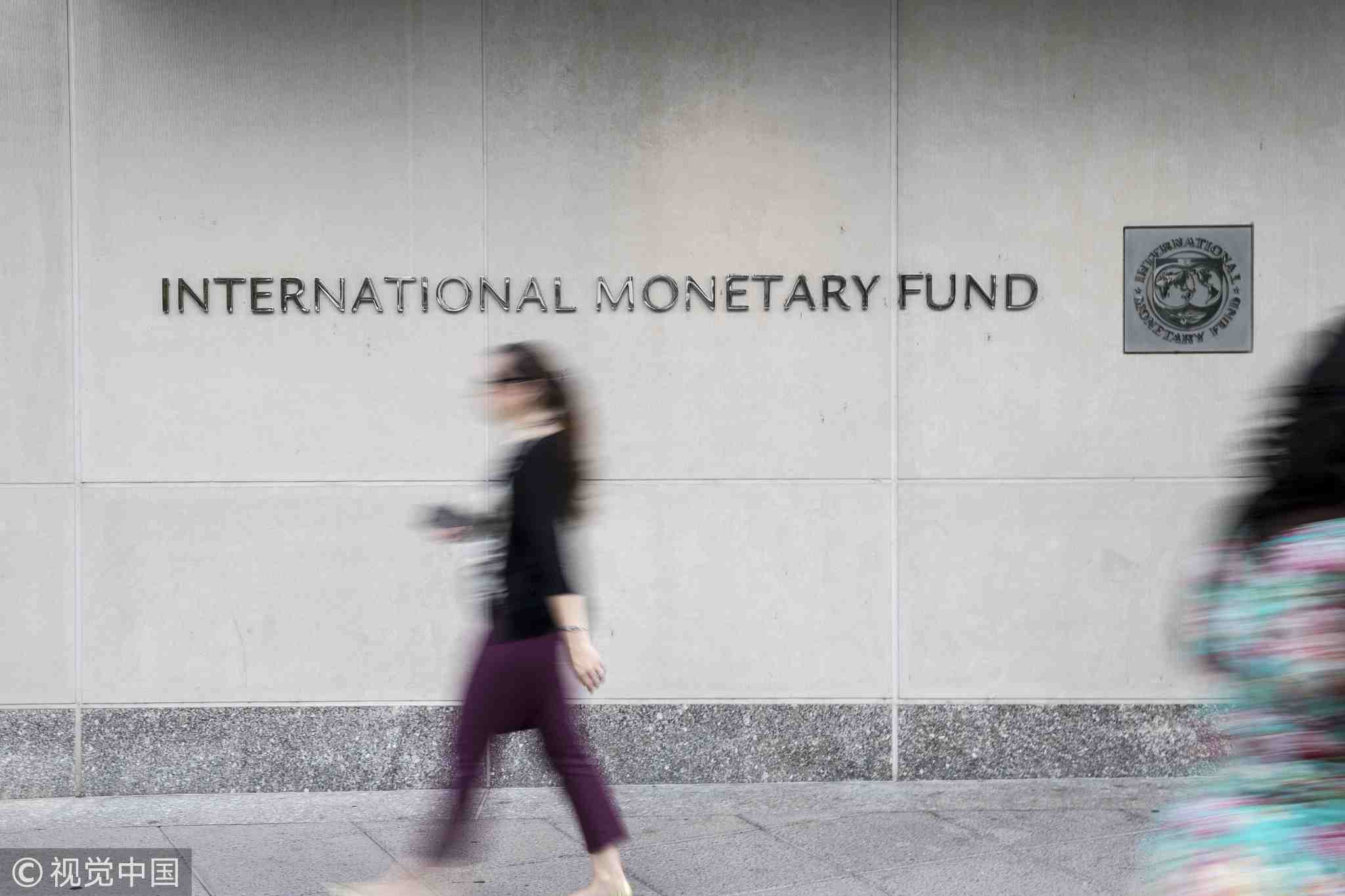
Pedestrians walk past the International Monetary Fund (IMF) headquarters in Washington, D.C., U.S., on Tuesday, September. 4 2018. /VCG Photo
Pedestrians walk past the International Monetary Fund (IMF) headquarters in Washington, D.C., U.S., on Tuesday, September. 4 2018. /VCG Photo
The affected developing countries should formulate and implement socio-economic enhancing policies. Providing employment opportunities would improve living standards, bringing economic, political and social stability. On that note, China could be a mentor in light of the country's remarkable achievements.
Last but not least, nations should work together on global financial and trading systems reform and cooperation. For example, the IMF and World Bank should collaborate with the Asian Infrastructure Investment Bank, China's Belt and Road Initiative, and BRICS' currency reserve fund on how the currency crisis could be curbed and trade be expanded.
In short, a more cooperative world and sound policies based on economic and financial logic on the part of the affected developing countries might prevent a worrisome currency position turning into a full-blown crisis.
(If you want to contribute and have specific expertise, please contact us at opinions@cgtn.com)








